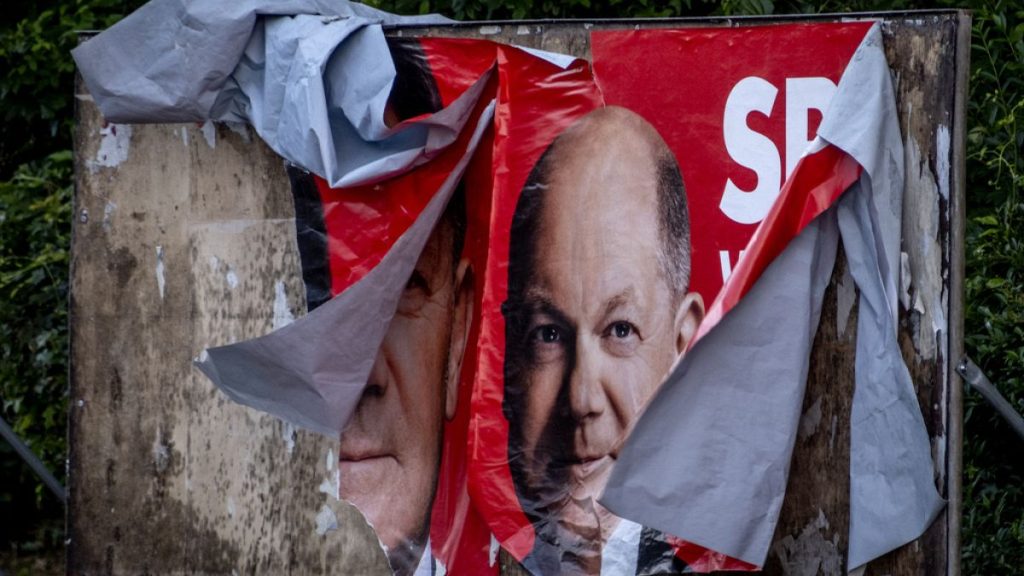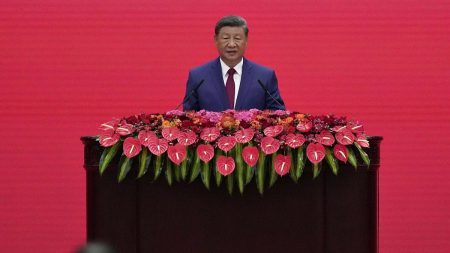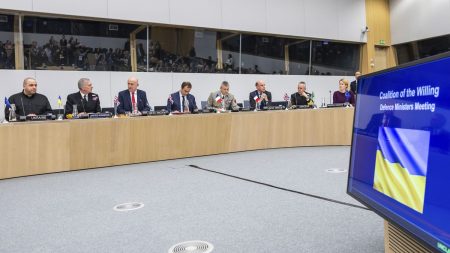The recent elections in Germany have brought about significant changes in the political landscape of the country. Chancellor Olaf Scholz’s Social Democrats suffered a major blow, coming in third place behind the far-right Alternative for Germany (AfD). The ruling coalition government, consisting of the SPD, the Free Democratic Party (FDP), and the Greens, faced challenges due to their differing views on key issues, leading to infighting and a loss of voter support. Scholz’s approval ratings have also been low, indicating his unpopularity among the German public.
The Greens also experienced a substantial decrease in support, losing trust among the electorate due to perceived shortcomings in addressing people’s concerns and priorities. The party’s focus on international issues, such as support for Ukraine, was seen as neglecting domestic issues and economic growth, leading to a decline in voter support. Support for green parties across Brussels also decreased, reflecting broader challenges faced by environmentally focused political parties in the current political climate.
The elections also revealed a shift in voting patterns among young Germans, with a significant number of voters aged 16 to 24 supporting the AfD and the conservative CDU/CSU. This departure from traditional support for the Greens among young voters was attributed to factors such as dissatisfaction with the government and a desire to express protest through voting for right-wing parties. The AfD’s presence on social media platforms, such as TikTok, also played a role in engaging young voters and offering them a platform to voice their dissent.
In analyzing the election results, it became clear that the AfD emerged as a key player in representing the dissatisfaction of a segment of the German population. While some voters supported the party based on their political beliefs, others viewed it as a protest vote against the current government. The AfD’s role as an opposition party, rather than a governing one, appealed to voters seeking to challenge the status quo and express their discontent with the ruling coalition. This dynamic underscored the complexity of voter motivations and the evolving political landscape in Germany.
Overall, the election outcomes highlighted the challenges facing the ruling coalition government in Germany, as well as the shifting alliances and priorities among voters. The decline in support for established parties like the SPD and the Greens, coupled with the rise of the AfD among young voters, pointed to a changing political environment marked by dissatisfaction and protest. Moving forward, political parties will need to address these issues and adapt their strategies to resonate with voters and maintain stability in the government.













